20 November 2024
The NBA is a dynamic league. Over the decades, we've seen the game evolve in countless ways, from rule changes to the introduction of the three-point line, to the rise of position-less basketball. But one of the most intriguing developments in recent years? The rise of small-ball lineups. If you're wondering what that means and why it's become such a big deal, stick around. We're about to break it all down for you.
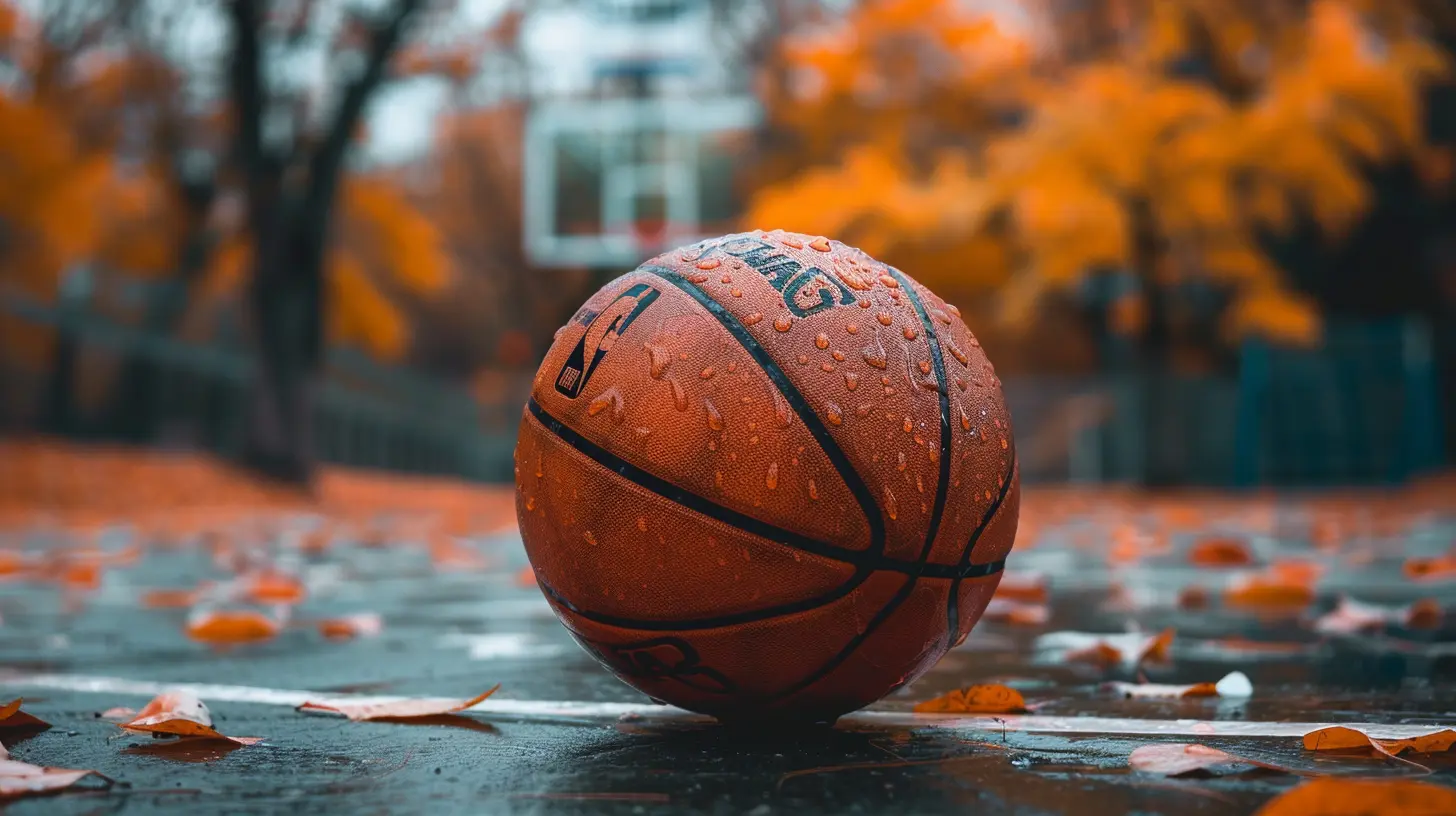
What Exactly is Small-Ball?
Before we dive into why small-ball is taking over the NBA, let's first define what it actually means.Small-ball is a strategy where teams play smaller, more agile players at positions traditionally occupied by big men. In conventional basketball, you’d expect to see a center standing at 7 feet or taller, parked in the paint to grab rebounds and block shots. But in a small-ball lineup, that role could be filled by a player who’s 6'7" or maybe even shorter. The focus shifts from physical size to speed, agility, and shooting ability.
A Shift in Playing Style
Traditionally, basketball was dominated by big men. Think Kareem Abdul-Jabbar, Shaquille O’Neal, or more recently, Tim Duncan. These giants controlled the paint with their sheer size and strength. Teams built their rosters around these towering figures.But basketball evolves. As the game became faster and more reliant on spacing, teams began to realize that they could sacrifice size for speed. And thus, the concept of "small-ball" was born. Instead of relying on towering centers, teams began to prioritize floor spacing, quick ball movement, and outside shooting. It wasn’t just about who could overpower the other team in the post anymore; it became about outsmarting and outpacing them.
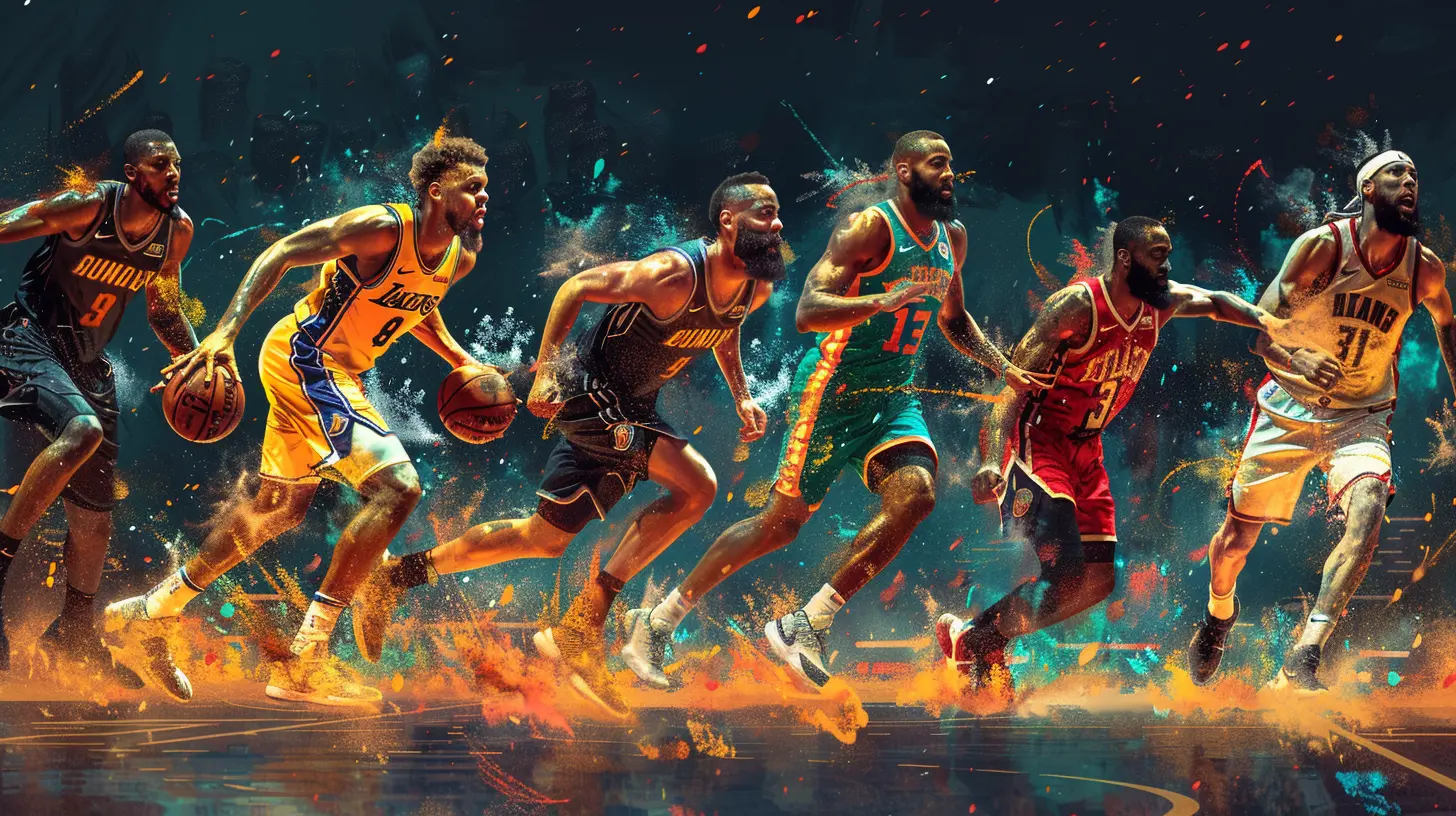
The Golden State Warriors: Pioneers of Small-Ball
When we talk about the rise of small-ball, it’s impossible not to mention the Golden State Warriors. They were among the first teams to fully embrace this strategy, and they did it to perfection.The "Death Lineup"
The Warriors’ infamous "Death Lineup" was the epitome of small-ball basketball. It featured Stephen Curry, Klay Thompson, Draymond Green, Andre Iguodala, and Kevin Durant. Not a traditional center in sight. Instead of focusing on height, the Warriors emphasized versatility, shooting, and defense.Draymond Green, despite standing at just 6'6", often played as the team's center. What he lacked in size, he made up for in defensive versatility, intelligence, and hustle. Meanwhile, Curry and Thompson stretched the floor with their elite shooting, forcing opposing defenses to spread thin.
This lineup was fast, deadly from beyond the arc, and defensively versatile. It allowed the Warriors to switch on every pick-and-roll and outrun bigger, slower teams. The result? Several championships and a revolution in how NBA teams constructed their rosters.
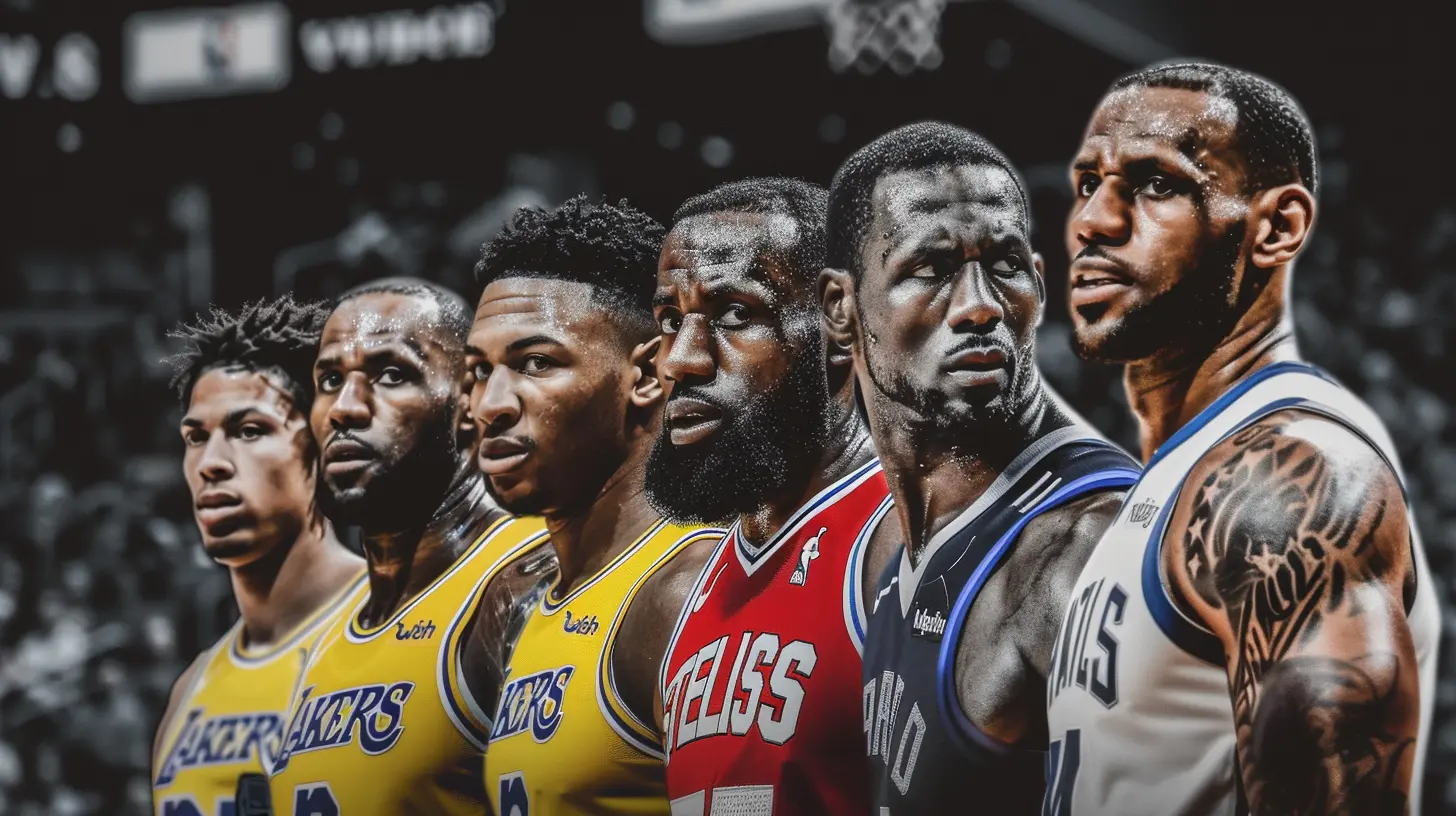
Why Small-Ball Works
So, why has small-ball become so effective? Let’s break down the key factors.1. Floor Spacing and Three-Point Shooting
One of the biggest reasons behind the success of small-ball lineups is the emphasis on three-point shooting. With more agile players on the floor, teams can space out the defense, creating more opportunities for open shots from beyond the arc.In a traditional lineup, you might have a few players who are a threat from deep. But in a small-ball lineup, all five players can shoot. This forces defenses to chase shooters around the perimeter, opening up driving lanes and pulling rim protectors away from the basket.
2. Speed and Transition Play
Small-ball lineups are fast. When you replace a lumbering 7-footer with a quick, agile forward, your team’s pace of play skyrockets. This allows for more fast-break opportunities and forces opposing teams to keep up in transition.The modern NBA is all about pace-and-space, and small-ball lineups excel in this area. They can run the court, get out in transition, and exploit gaps in the defense before it even has a chance to set up.
3. Defensive Versatility
While size can be a huge advantage in basketball, it can also be a liability, especially against smaller, faster players. Small-ball lineups are defensively versatile because they can switch on almost every play.In a traditional lineup, a center might struggle to guard a smaller, quicker player on the perimeter. But in a small-ball lineup, nearly every player is capable of defending multiple positions. This allows teams to switch on screens without worrying about getting mismatched.
Draymond Green is a perfect example of this. Despite being undersized for a center, he can guard every position on the floor. He's quick enough to stay in front of guards and strong enough to battle big men in the post. This kind of versatility makes small-ball lineups incredibly tough to score on.
4. Mismatch Opportunities
One of the best things about small-ball is that it creates mismatches all over the court. Imagine a traditional center trying to guard a quicker, more agile forward on the perimeter. It’s a recipe for disaster.Small-ball teams can exploit these mismatches by isolating slower defenders and forcing them to guard players that they simply can't keep up with. This leads to open three-pointers, easy drives to the basket, or forcing the defense to collapse, leaving shooters wide open.
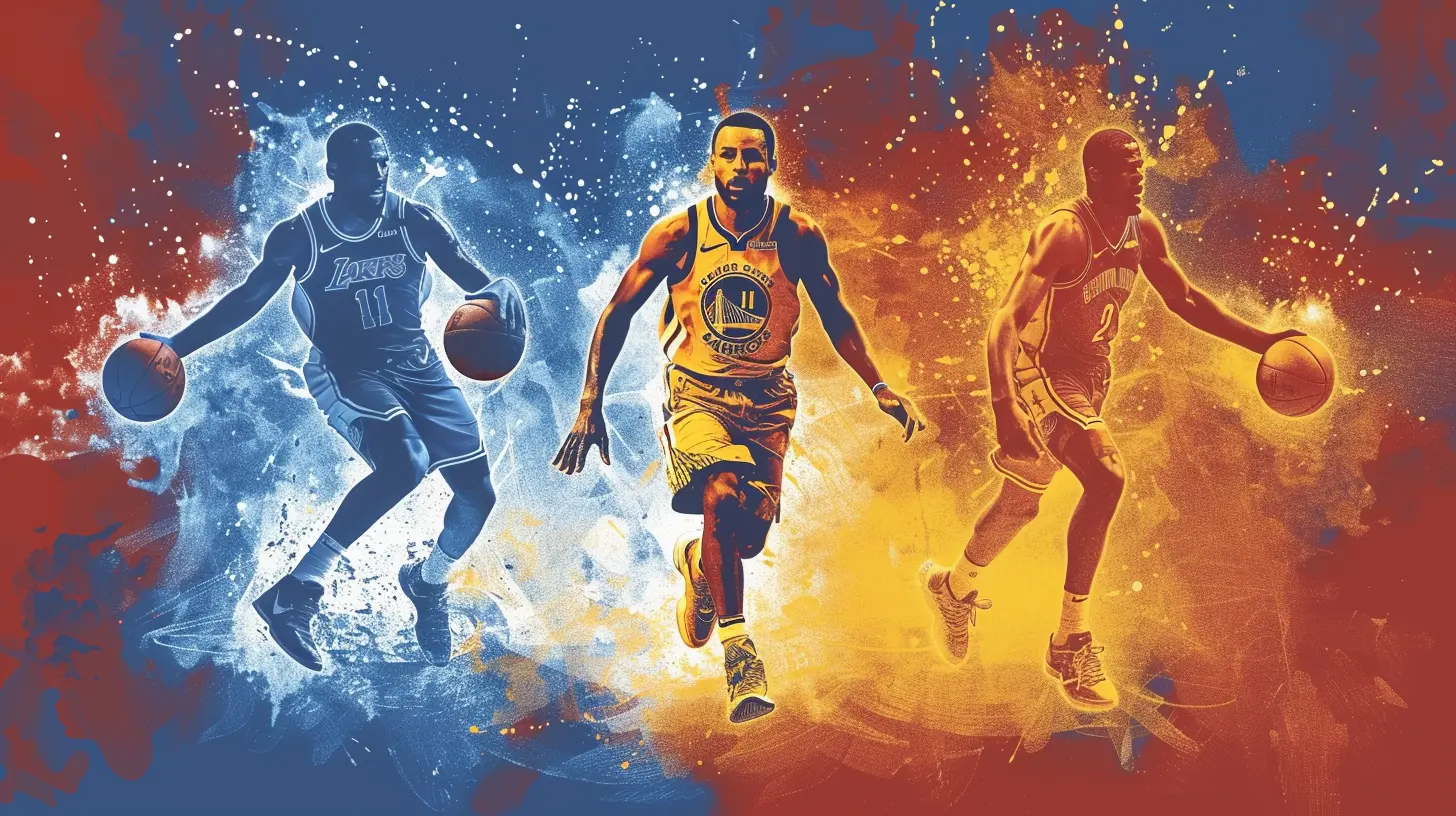
Challenges of Small-Ball
While small-ball has its advantages, it's not without its challenges. After all, size is still an important factor in basketball, especially when it comes to rebounding and rim protection.1. Rebounding Woes
One of the biggest downsides of small-ball lineups is that they often struggle on the boards. Without a traditional big man to clean up rebounds, teams can get out-rebounded, especially by bigger, more physical opponents.Offensive rebounds, in particular, can be a problem. When you're playing smaller players at the center position, it’s harder to box out bigger opponents and secure second-chance points.
2. Interior Defense
While small-ball lineups are great at defending the perimeter, they can struggle to protect the rim. Without a traditional shot-blocking center, teams are more vulnerable to players driving to the basket and scoring in the paint.This is why teams that play small-ball often rely on team defense rather than individual shot-blockers. They have to rotate quickly, collapse on drivers, and contest shots by committee rather than relying on a single player to protect the rim.
3. Fatigue
Small-ball lineups often require players to cover a lot of ground on both offense and defense. This can lead to fatigue, especially over the course of a full game or season. Teams that rely heavily on small-ball need to have excellent conditioning and depth to avoid burning out.The Future of Small-Ball in the NBA
So, is small-ball here to stay? Absolutely. But it’s also important to recognize that basketball is always evolving. While small-ball has taken the league by storm in recent years, it’s likely that teams will find new ways to innovate and counter this strategy.We’re already seeing some adjustments. For example, teams like the Milwaukee Bucks and Denver Nuggets have found success with more traditional big men like Giannis Antetokounmpo and Nikola Jokić, who are capable of playing inside but also have the agility and skill to fit into a modern, pace-and-space style of play.
It’s possible that the future of the NBA will see more hybrid lineups, combining the best of both worlds. Teams might look to blend the speed and agility of small-ball with the size and physicality of traditional basketball. After all, the game is all about finding that perfect balance.
Will We Ever See a Full Return to Traditional Big Men?
Probably not. The days of the slow, lumbering, traditional big man seem to be behind us. In today’s NBA, even centers need to be able to shoot, pass, and move their feet on defense. While size will always have a place in basketball, versatility has become the name of the game.Conclusion
The rise of small-ball lineups in the modern NBA has changed the way the game is played. It’s made the game faster, more fluid, and more exciting for fans. While there are still challenges to overcome, the benefits of small-ball—floor spacing, speed, versatility—have made it a go-to strategy for many teams.As the NBA continues to evolve, it will be fascinating to see how teams adapt and innovate. But one thing is for sure: small-ball has left a lasting mark on the game, and it's not going anywhere anytime soon.


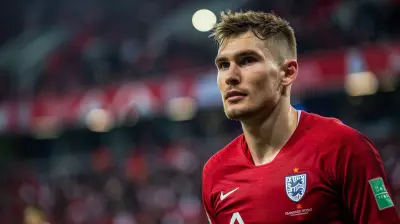


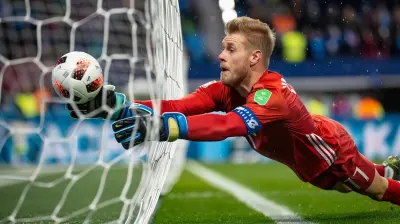


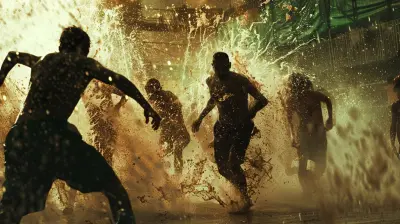



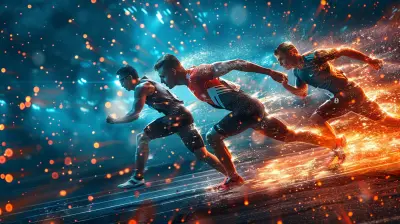
Elijah McKinstry
Exciting analysis! Love small-ball strategy!
February 2, 2025 at 9:55 PM